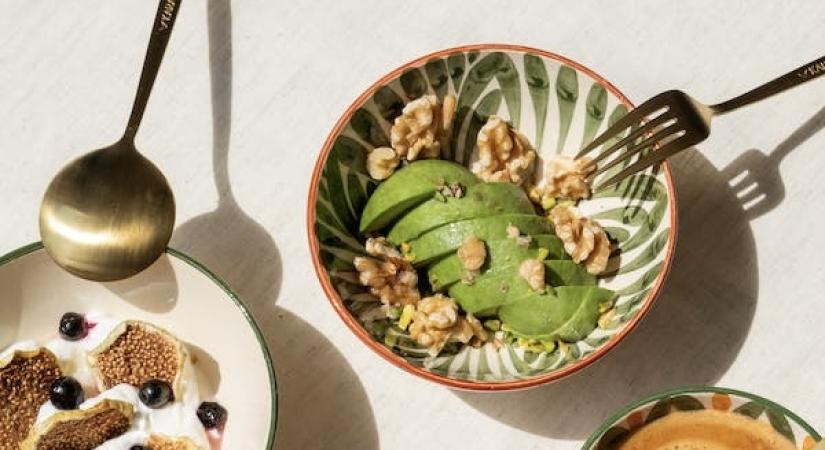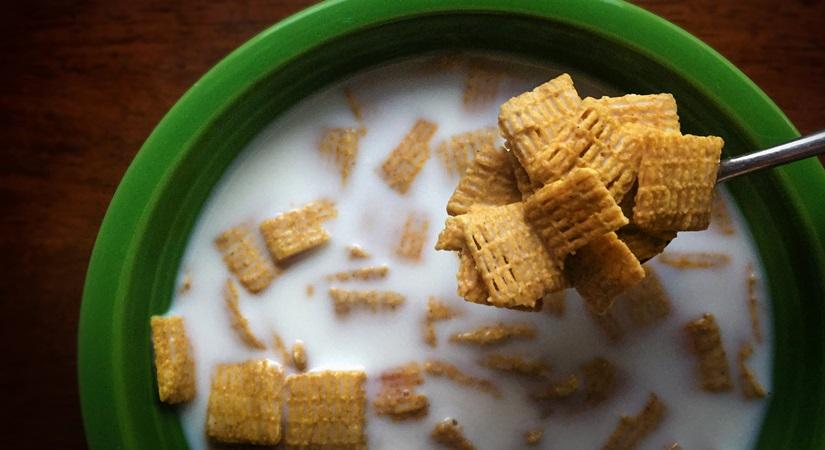Encouraging kids to eat mindfully and with balance requires deliberate methods. Emphasize a diet rich in fruits, vegetables, whole grains, and lean proteins while restricting processed foods, sugary drinks, and excessive saturated/trans fat…Dr. Meghna Chawla speaks with N. Lothungbeni Humtsoe
In today’s sedentary environment, childhood obesity and the health problems it causes, such as type 2 diabetes, have gained major attention. Long stretches of inactivity and unhealthy eating habits are the main causes of this worrying trend.
The connection between a sedentary lifestyle and childhood obesity, the adverse effects of sitting too much, ways to promote balanced nutrition in kids, early signs of type 2 diabetes, and the critical medical emergency known as diabetic ketoacidosis. To address the increasing health issues that children are facing, it is imperative to comprehend these facets. Let’s explore the intricacies of this issue with Dr. Meghna Chawla, a Paediatric Endocrinologist Consultant at Ruby Hall Clinic in Pune.
What is childhood obesity? And how severe is this condition?
Dr. Chawla: Childhood obesity is identified when a child’s body mass index (BMI) exceeds the expected range for their age and gender, leading to the accumulation of excess body fat and a range of health complications. Studies suggest that overweight children are more likely to carry this condition into adulthood, elevating their susceptibility to chronic ailments like cardiovascular diseases, diabetes, and certain cancers. Additionally, the psychological impact, such as low self-esteem and depression, can persist into adulthood.
How does a sedentary lifestyle contribute to childhood obesity?
Dr. Chawla: A sedentary lifestyle, characterized by prolonged periods of sitting and minimal physical activity, significantly contributes to childhood obesity. This lack of physical activity disrupts the balance between calorie intake and expenditure. Moreover, sedentary habits often involve excessive screen time, exposing children to unhealthy food advertisements and fostering unhealthy snacking patterns.
What are the effects of prolonged sitting and lack of physical activity on kids?
Dr. Chawla: Prolonged sitting and insufficient physical activity in children have multifaceted effects on their well-being. This sedentary lifestyle increases the risk of obesity, as it disrupts the balance between calorie intake and expenditure. Beyond weight-related issues, it compromises bone health, diminishes cardiovascular fitness, and weakens muscles Sedentary habits are also associated with academic and cognitive difficulties, which have a detrimental effect on development overall. Furthermore, children who watch a lot of screens during idle hours are exposed to marketing for unhealthy foods, which influences their eating patterns.
How can we promote balanced nutrition and mindful eating in kids?
Dr. Chawla: Encouraging kids to eat mindfully and with balance requires deliberate methods. Emphasize a diet rich in fruits, vegetables, whole grains, and lean proteins while restricting processed foods, sugary drinks, and excessive saturated/trans fats. Reinforce regular meal intervals, discourage distractions during meals, and instill the value of portion management.
What kinds of illnesses will result from childhood obesity?
Dr. Chawla: Childhood obesity significantly increases the risk of various health conditions. Obese Kids are more likely to experience respiratory issues, cardiovascular illness, type 2 diabetes, and hypertension. These conditions not only impact their physical health but also diminish their overall quality of life. Additionally, overweight children are more likely to carry obesity into adulthood, further elevating their susceptibility to chronic ailments such as certain cancers.
What are the early signs and symptoms of type 2 diabetes in children?
Dr. Chawla:
Frequent urination: Elevated glucose levels prompt increased urine production.
Excessive thirst: Fluid loss from frequent urination leads to heightened thirst.
Unexplained weight loss: Despite normal or increased food intake, children may experience weight loss due to glucose regulation issues.
Fatigue: Low blood sugar levels and glucose regulation difficulties can result in fatigue.
Blurred vision: High blood sugar levels can damage blood vessels in the eyes, causing blurred vision.
What is diabetic ketoacidosis, and why is it a medical emergency?
Dr. Chawla: Diabetes ketoacidosis (DKA) is a severe diabetes complication marked by high blood sugar levels, dehydration, and ketones in the blood. In children with type 2 diabetes, DKA can occur if the condition is left untreated, requiring immediate intervention to prevent life-threatening complications such as organ failure
High blood sugar levels: Ketones are produced as an alternative energy source, leading to elevated blood sugar.
Nausea and vomiting: Ketone buildup can cause nausea, vomiting, and abdominal pain.
Rapid breathing: The body attempts to eliminate ketones through rapid breathing, resulting in a fruity odor on the breath.
Confusion and drowsiness: Severe DKA can lead to confusion, drowsiness, and even coma.
ALSO READ-Respiratory Health Tips for a Pollution-Free Diwali












